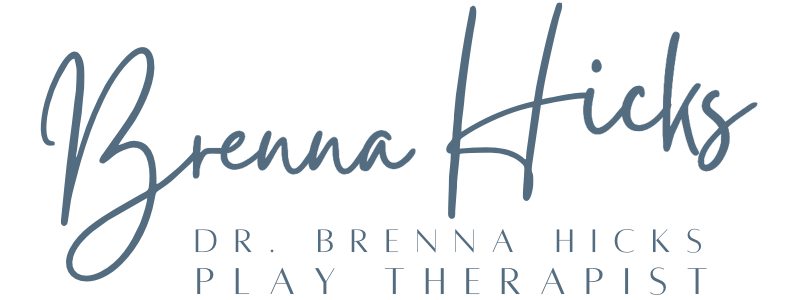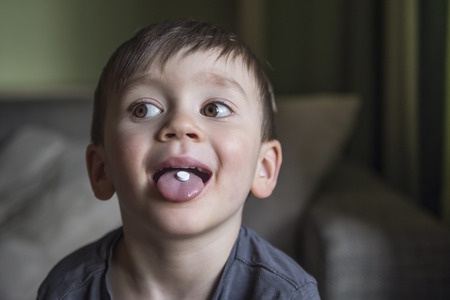I am often told by parents in the initial consultation that medical doctors have recommended a mental health diagnosis for their child, even if one was never officially given. This is always interesting for me, as pediatricians typically spend twenty minutes, once a year with children. (Please note that I am not implying that medical doctors are incapable of identifying concerns and issues in children at check-ups!) However, even when children seem to meet criteria for certain disorders, it does not immediately warrant a diagnosis.
I consistently tell parents that while I appreciate the information and concerns for certain diagnoses, it is not necessary for me to conduct play therapy with a child. In fact, I typically say that after play therapy and after addressing the social, emotional, and behavioral concerns, it would surprise me if the child still met diagnostic criteria for any disorder.
Pediatrician Recommendation
I recently was working with a three year old who went for his annual check-up. After a brief interaction, his mother was told by the pediatrician that he needs to be tested for Pervasive Developmental Disorder (PDD). What’s interesting is that PDD is an autism spectrum disorder, and this child DOES NOT have autism! After months of working with him, he does not meet criteria and his issues are emotional and behavioral in nature.
Play Therapy
This is why it is so important to pursue alternative methods of intervention for kids, as it is easy to just prescribe them medication or label them with a diagnosis, unnecessarily. Play therapy provides a drug-free option for parents who want to ensure that their kids are healthy and happy. They can work through their experiences, their struggles, their worries, and their emotions in a safe and neutral place. Then, they are much more well-rounded and calm because they had an outlet for their issues.
While there are certain chemical, physical, or physiological reasons for medication in childhood, they are often over-prescribed and over-used. In the case of play therapy, all of the other factors are addressed first. This allows for growth, positive change, and healing before medication is introduced.

